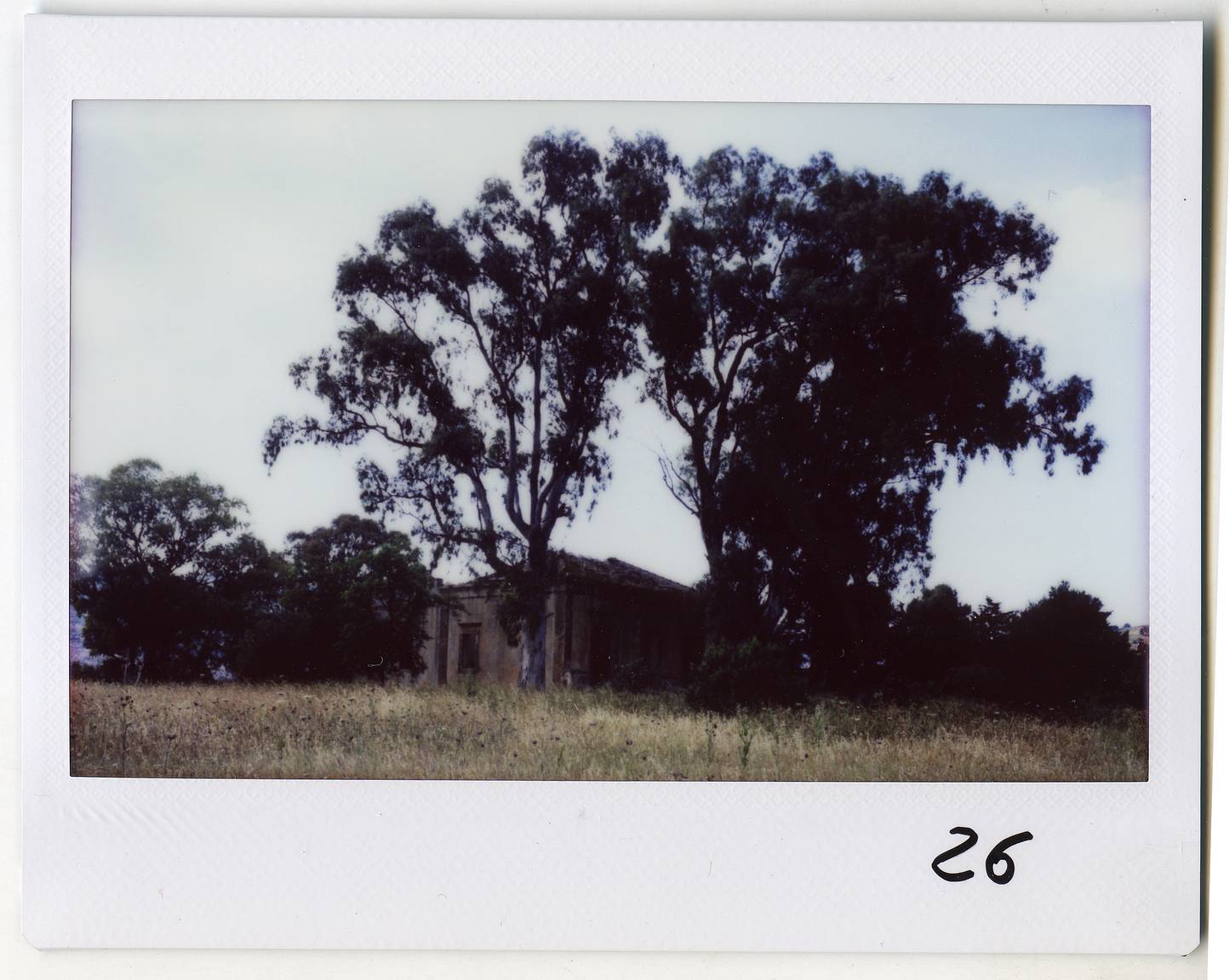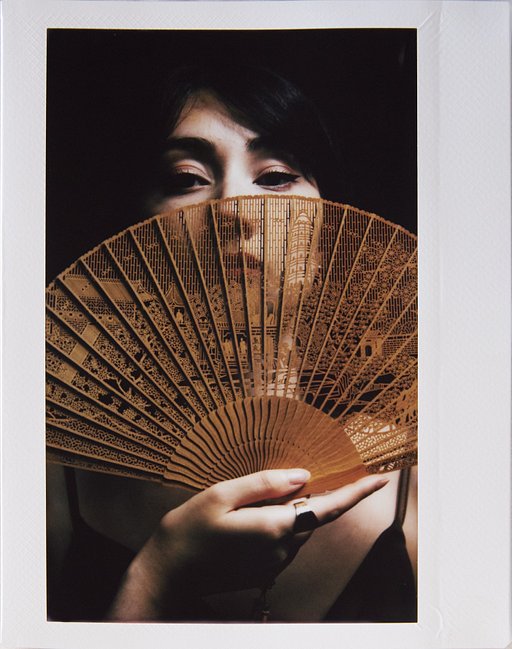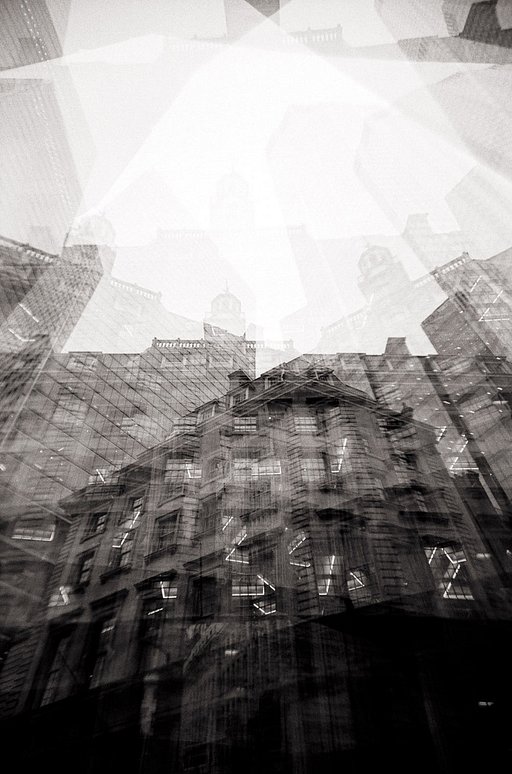Giuseppe Ceresia with the LomoGraflok: A Marvelous Trip Around the Unique Beauties of Sicily
5 Share TweetPalermo-based film photographer Giuseppe Ceresia loves to shoot in black-and-white, and with a medium format camera. This time, he breaks from his usual routine with the LomoGraflok, the first Fujifilm Instax Wide instant film back for 4×5 cameras during a trip to Sicily. Check out his colorful and sunny shots using the LomoGraflok here.
Hi Giuseppe, could you please introduce yourself to the readers of our Online Magazine?
I was born in Palermo in 1982, where I currently live and work, but I move throughout most of southern Italy. I have a degree in Geology and Palaeontology, and I mainly deal with creating exhibits and dioramas on this theme for museums or organizations that request it, but I also study animal bone remains found in archaeological contexts.
I have been photographing for almost twenty years, but only recently have I been trying to take my photography to a professional level, especially in terms of shooting, developing and printing large format. A couple of years ago, I also had the opportunity to attend a regional course which gave me the diploma of Photographic Production Technician.

Tell us about your photographic background. When did your journey into photography begin?
Let's say I'm a bit of an anomalous photographer, if you ask most photographers when they started taking pictures, they'll tell you they had a camera in their hand since they were children, but I took my first steps when I started university, around 2000. Geology is a very practical faculty, at the end of each lesson we would go on field trips altogether to touch with our hands what we had studied, and that's where it all started, making a sort of reportage of the trips (in the style of the National Geographic documentaries that I loved to watch as a child).
About ten years ago I also started caving, and it seemed to me that it was my duty to bring images of the underground world out of the caves, so I started with speleo-photography. As I continued, I joined a speleoarchaeological research team, which allowed me to combine my passion for reportage photography with that of exploration. Some of my photos have been published in magazines and congresses.
How long have you been shooting in large format? What do you like most about shooting with large format cameras?
I started using film again almost five years ago when I attended an introductory darkroom course, and I was fascinated by this world of chemistry, timing, and dilution: I really love old-fashioned and anachronistic things. After learning the basics of 35mm development, however, I realized that I needed a slower and more thought-out kind of photography and so I began to inform myself and read about large format, putting into practice what I had learned with an old Fatif 13x18 cm that I had completely refurbished.
I immediately liked shooting with large format cameras because you can combine an extremely technical approach with an artistic touch, leading to the birth of an image that manages to transport the observer to the scene in a much more immersive way than 35 mm; as if the photograph itself managed to convey all the preparation behind its realization. But the thing I like best is to look through the frosted glass underneath the canvas, like seeing a world in front of the world someone would say.
Is your work based on documenting your wonderful land exclusively or do you also have other projects?
At the moment yes, there are many unknown places in Sicily that are worth getting to know, testimonies of all the people and populations that have passed through this land and left something behind. Before the pandemic, I had started a project on a small island off the coast of Palermo, Isola delle Femmine, whose shape at certain points resembles a small cone, which immediately reminded me of Mount Fuji. The project is based on a series of views in which the island always appears, just like in Hokusai's 36 views of Mount Fuji.
Who are the photographers that have influenced you the most?
The view camera is a multi-purpose tool, you can do landscapes, architecture, portraits, for each genre I have a kind of guiding spirit let's say. When you start shooting large format landscapes, you have to look to Ansel Adams for inspiration. In architecture, I love Gabriele Basilico's work, especially the one in Beirut. Michael Kenna enchants me with his dreamlike atmospheres, as does Alexey Titarenko. Finally, in portraiture, Richard Avedon for his "In the American West".
Which cameras did you use the LomoGraflok Instant Back on?
I used a Calumet Cambo 4x5" view camera for all tests, changing only the lenses when needed.
Have you ever taken Instant photos with a large format camera before?
I had used the old Polaroid 545 a couple of times, as well as the classic snapshots with the old Polaroid.
Tell us about your experience with the LomoGraflok. How did you find it?
I found it very useful to have a real-time photo of the shot to combine with notes about the scene, light, and exposure, which would otherwise be just drawn.
You used a LomoGraflok' prototype for this test, but do you think it could become an addition to your equipment in the future?
Definitely, it has already a place reserved in my backpack.
Do you have any advice for first-time users of our Instant Back?
Experiment and have fun!
What equipment do you always take with you when you travel?
Usually, I always carry a Rittreck Camera 5x7" with the full range of lenses, i.e. a 90, 150, 240, 360 mm, if I have a long trip in mind I also take the 4x5" back and replace it if necessary. If I have something specific in mind it depends on what I'm going to photograph; if architecture or landscape I usually take the 90 mm, for portraits the 240 or 360 mm.
Do you have any interesting projects or collaborations planned?
There are many projects in the pipeline, long and very long term. I have started planning a project on the monumental trees of Sicily and one on the historical buildings of Palermo, photographed and printed in large format. Another one on urban portraits in 8x10" on direct positive paper and a much more introspective one entitled "Come una cosa posata in un angolo e dimenticato", on objects abandoned in nature as a metaphor for human solitude. Much meat on the fire as you can see, so stay tuned...
Follow Giuseppe on his Instagram profile to see all his large-format projects!
written by melissaperitore on 2021-08-03 #gear #videos

































No Comments